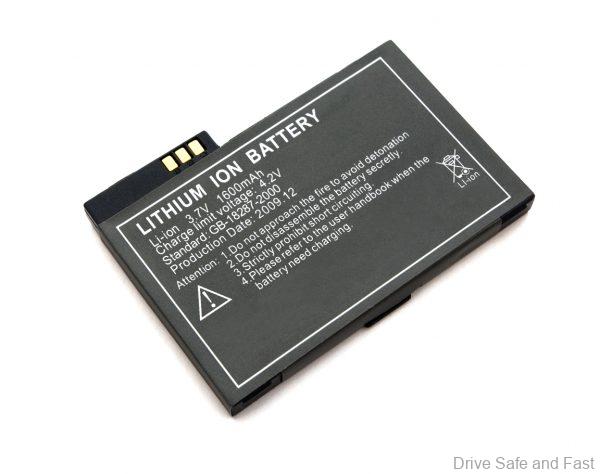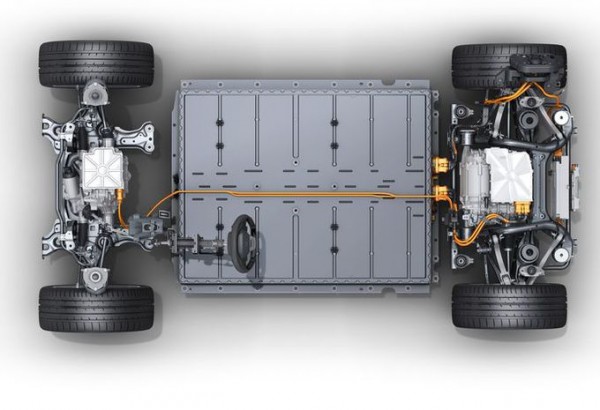Where will all the used lithium-ion batteries end up?
There are no ideal contenders for the electric powertrain, and for now lithium-ion remains a good choice. Most electric vehicle (EV) or even plug-in hybrid vehicle batteries are guaranteed for 8 to 10 years or a driving distance of 160,000 km (100,000 miles).
Capacity loss through aging is a challenge, especially in hot climate nations like Malaysia. Right now the auto manufacturers are not sharing accurate information as to how batteries age under different user conditions and climates. To compensate for capacity loss, EV manufacturers increase the size of the batteries to allow for some degradation within the guaranteed service life.

Presently there are four companies that represent key players in the EV battery ecosystem:
- Ganfeng Lithium: A leading Chinese lithium mining company that has evolved into refining and processing lithium, battery manufacturing, and recycling.
- Panasonic: A top-3 global EV battery manufacturer from Japan.
- Livent: A top-5 lithium producer from the US.
- Contemporary Amperex Technology Limited (CATL): A top-3 EV battery manufacturer from China.
According to a recent analysis by telematics provider Geotab, the average useful life of lithium-ion batteries in EVs on the road today is around ten years. Batteries in newer models should be capable of maintaining performance beyond 20 years, or more than 480,000 km (300,000 miles), judging from their current performance status.
Their useful life is dictated primarily by the number of charge cycles, the intensity of those charge cycles, and the quality of manufacturing. And all lithium-ion batteries degrade over time and once they fall below around 80 percent of their originally rated capacity, they no longer offer a sufficient level of performance to power a vehicle.
Today, more than 32 million EVs are in use globally. These include 8 million fully electric passenger vehicles (battery electric vehicles (BEVs) and plug-in hybrid electric vehicles (PHEVs)) and 24 million partially electrified vehicles (hybrid electric vehicles (HEVs) and medium hybrid electric vehicles (MHEVs)). We estimate that the batteries of approximately 1 million of these passenger vehicles are currently reaching the end of their first life, equal to four gigawatt-hours (GWh) of remaining battery capacity. Electrified commercial vehicles and two-wheelers add to this pool.

Their research shows that more than 50 percent of new vehicles sold globally in 2030 will be electrified. Adoption of BEVs, the vehicles with the highest battery capacity, will increase by an average of 25 percent per year through 2030, and recent evidence shows that sales momentum has not slowed appreciably as a result of the COVID-19 pandemic.
By 2030, the number of passenger EVs on the road globally is likely to exceed 300 million. Nearly 4 million EVs are expected to be retired in calendar year 2030, with a combined originally rated capacity of nearly 100 GWh, and that number will increase significantly in subsequent years.
The source mix of this end-of-first-life volume through 2030 is also increasingly clear. BEVs are the prime candidates for having their batteries repurposed; more than 70 percent of EV lithium-ion battery capacity that is expected to be retired in 2030 will come from BEVs, owing to the larger number of kilowatt-hours (kWh) per vehicle. (The volume and value of EV batteries are measured in kilowatt-hours, which allows for a one-to-one comparison between different types of batteries.)
They forecast that EVs in China will account for 50 percent of the kilowatt-hours of batteries retired in 2030. Another 20 percent each will come from EVs in the EU and the US.
When a battery at the end of its first life is removed from a vehicle, it has three possible destinations: a recycling facility, a second-life application, or a waste management facility.
In recycling, a specialized company recovers the valuable metals—including cobalt, manganese, nickel, and lithium—from the battery cells. It then sells these materials for use in a future battery manufacturing process.
In a second-life application, a specialized company repurposes the battery cells for a new use without dismantling them, often in combination with a new set of power electronics, software, and housing structure. The new application is typically stationary, rather than mobile.

If placed into a waste stream, the battery enters a landfill or other disposal facility with no recovery of any of its remaining value. Increasingly, regulations are mandating that lithium-ion batteries enter the circular economy rather than being discarded.

